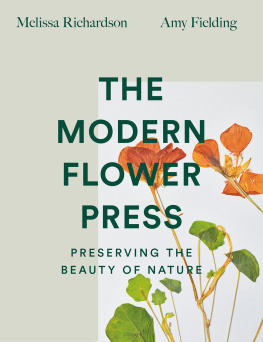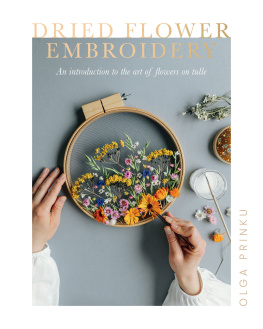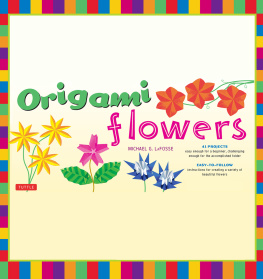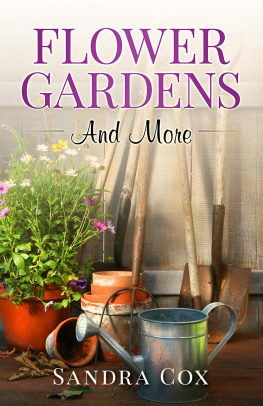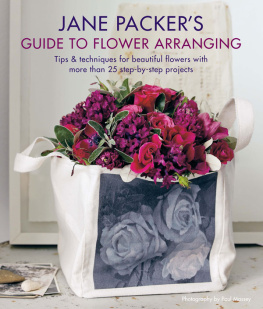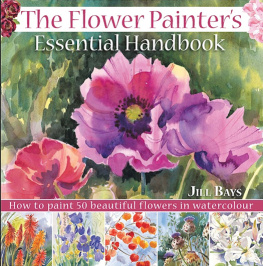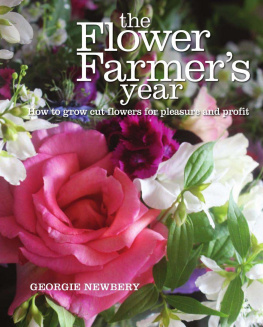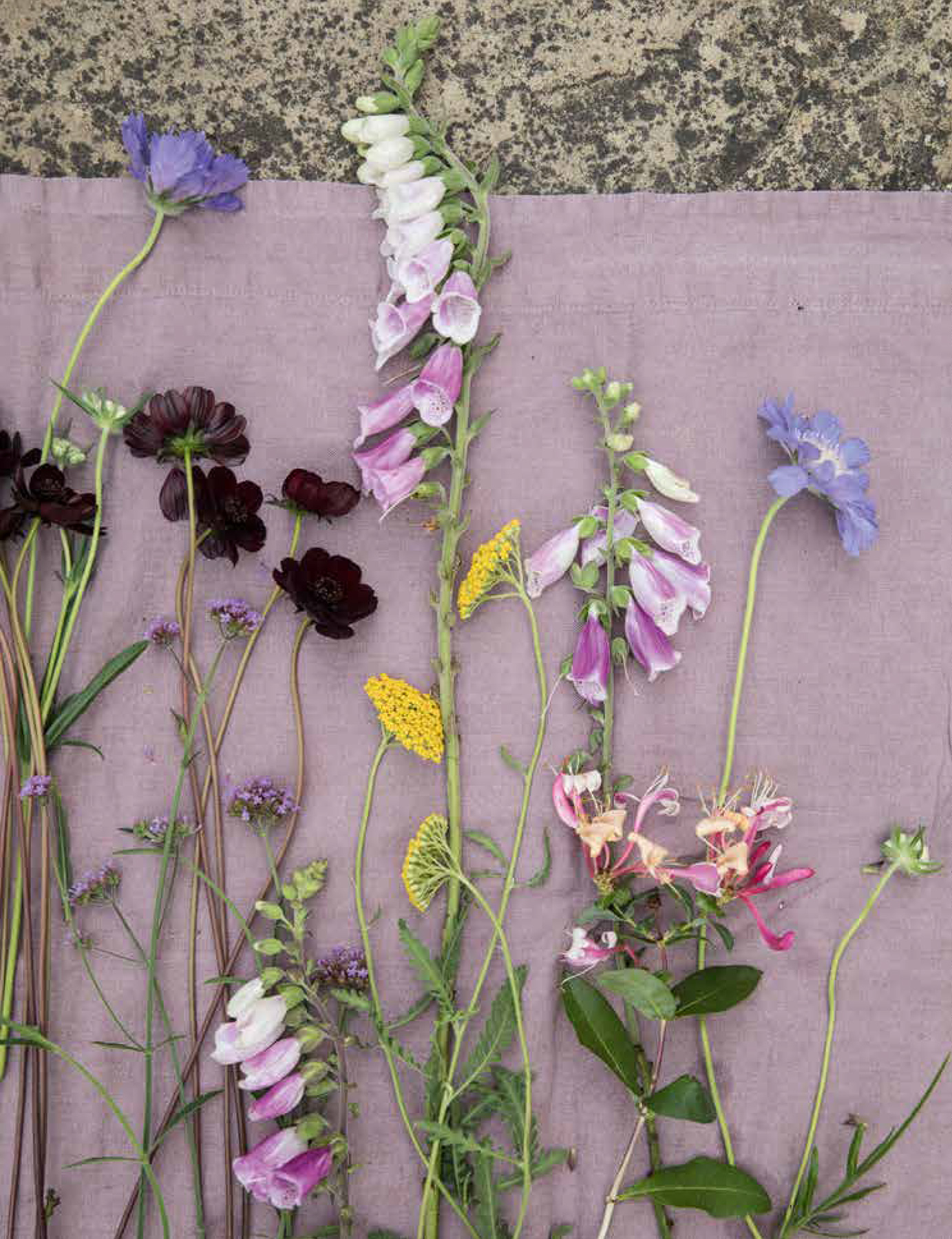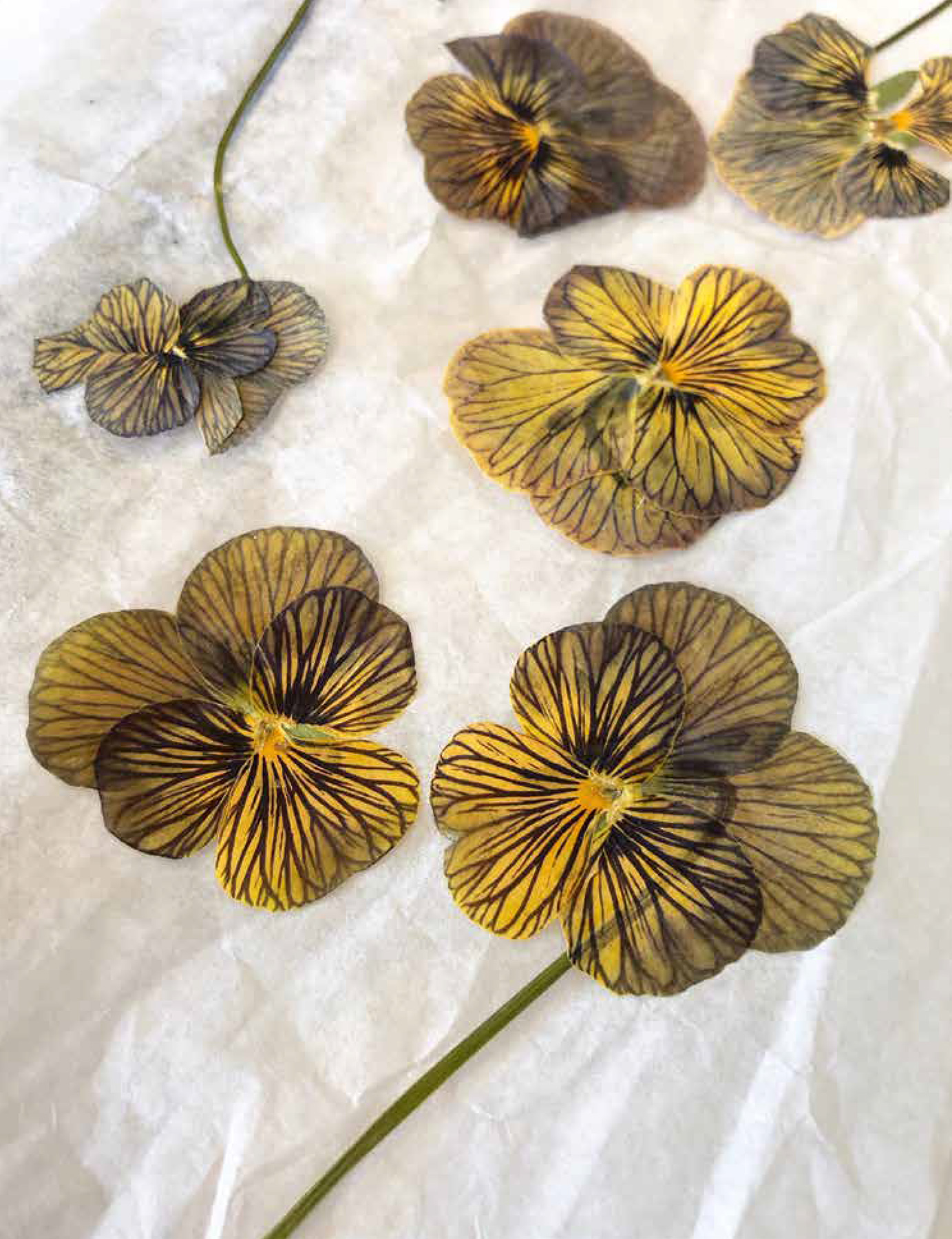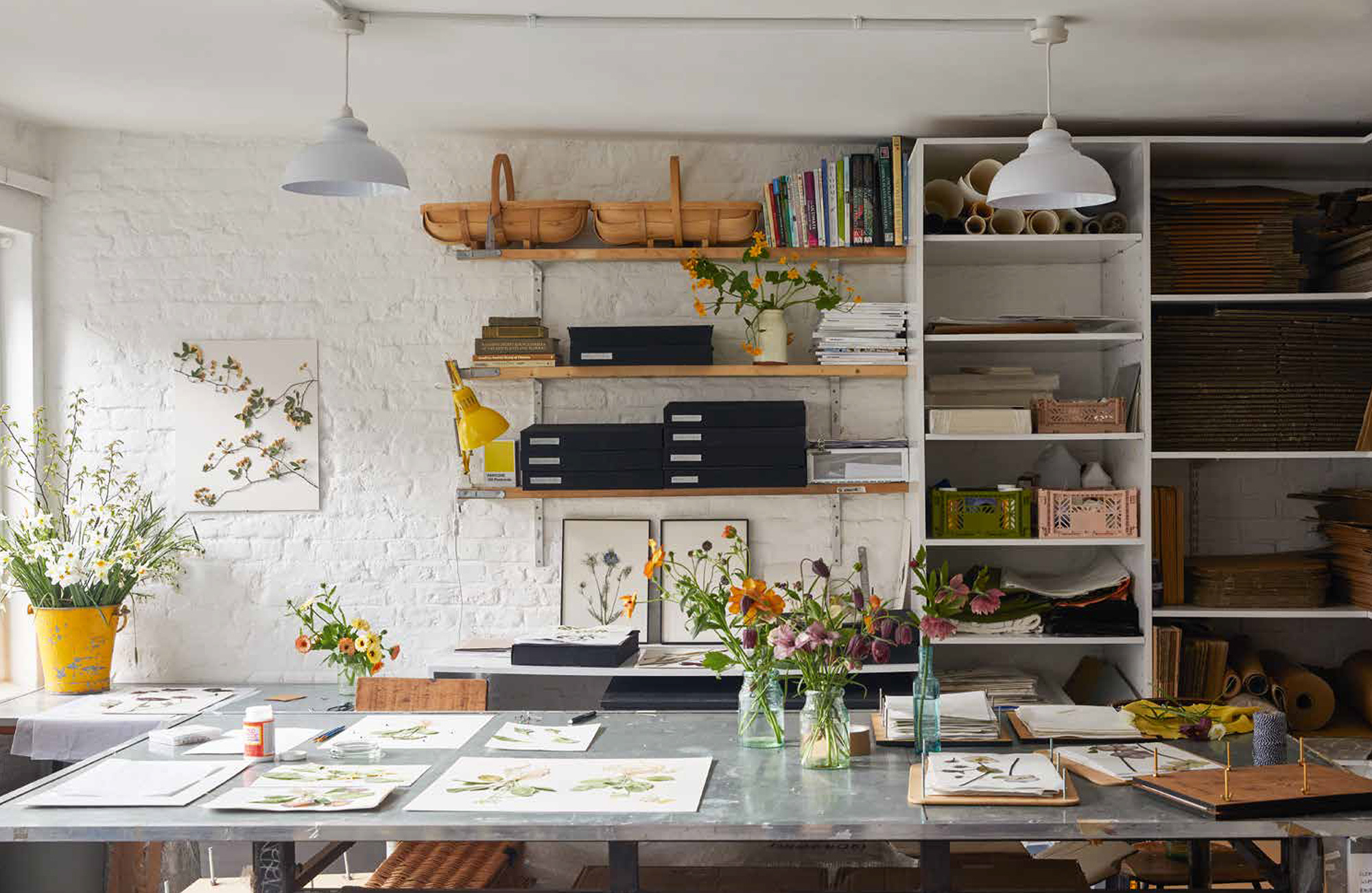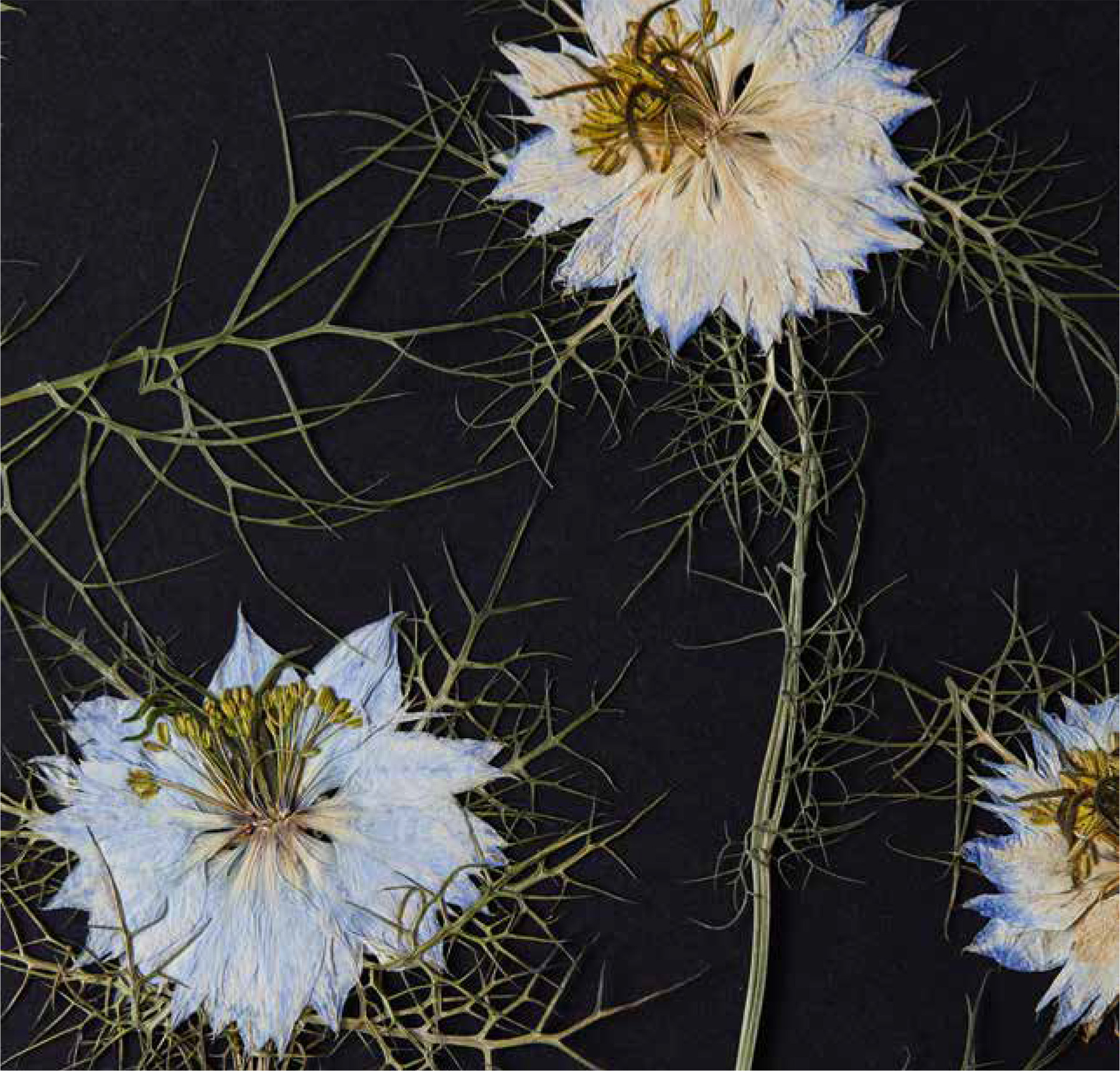Contents

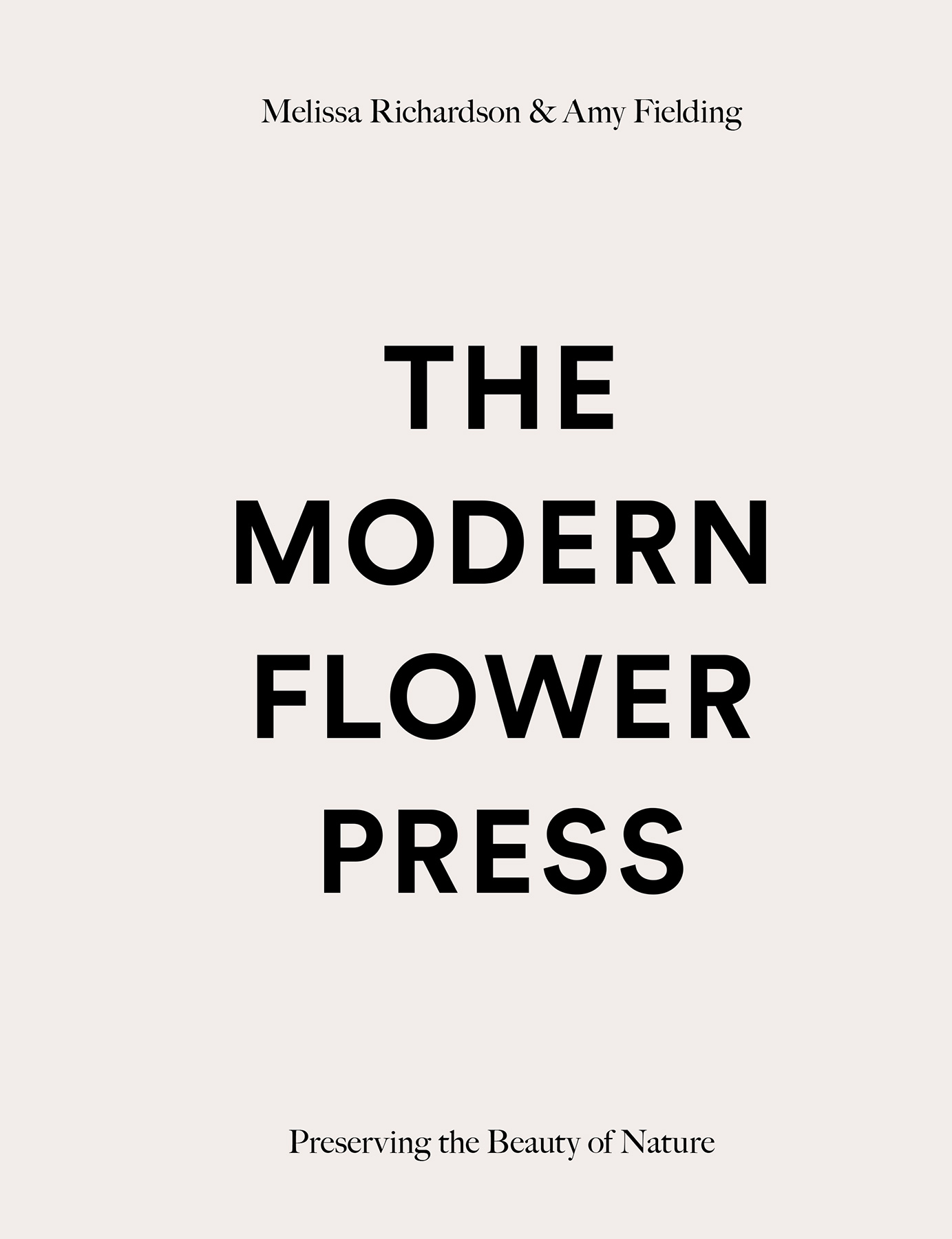
William Collins
An imprint of HarperCollinsPublishers
1 London Bridge Street
London SE1 9GF
WilliamCollinsBooks.com
This eBook edition published by William Collins in 2022
Text Melissa Richardson and Amy Fielding 2022
Images Individual copyright holders
Melissa Richardson and Amy Fielding assert their moral right to be identified as the authors of this work in accordance with the copyright, Designs and Patents Act 1988
Cover design by Jo Thomson
Cover image Helen Cathcart
A catalogue record for this book is available from the British Library.
All rights reserved under International and Pan-American Copyright Conventions. By payment of the required fees, you have been granted the non-exclusive, non-transferable right to access and read the text of this eBook on-screen. No part of this text may be reproduced, transmitted, downloaded, decompiled, reverse engineered, or stored in or introduced into any information storage and retrieval system, in any form or by any means, whether electronic or mechanical, now known or hereinafter invented, without the express written permission of HarperCollins Publishers.
Source ISBN: 9780008447366
eBook Edition May 2022 ISBN: 9780008557430
Version: 2022-04-21
Contents
Helen Cathcart
Helen Cathcart
A thing of beauty is a joy for ever:
Its loveliness increases; it will never
Pass into nothingness.
Endymion, John Keats (17951821)
Long ago I opened a secondhand book and a pressed flower fluttered out and lay in the sunshine leaking through the blinds that spring morning. It was as delicate as a butterflys wing; its colours barely faded; the petals papery and translucent. I wondered who had pressed that flower? Were they trying to capture a precious moment long forgotten? Only the flower remained. Whatever it had meant to the presser was lost, but the pansy, released from the pages of the book after so many years, was as beautiful as the day it was picked.
A pressed flower is like a memory; and like memories they change and fade over time. Flowers, with their brief little performance in the sun, have reminded many of the great poets and thinkers of their own mortality. Their fragility is a sharp and barely acknowledged pain. As the flower opens, it has already begun its dance with death. By cutting a flower and pressing it we are extending its life and defying nature. We have in some way helped them to escape their inevitable fate.
Helen Cathcart
Melissa Richardson and Amy Fielding are joint directors of renowned London florist JamJar Flowers and its sister company, JamJar Edit.
Amy and I came together by chance when she knocked on the door of the JamJar studio around five years after I started the business. As it happens we are pretty much opposites, as much as I am mercurial and messy and careering towards seventy, Amy is just embarking on married life with her first baby, fantastically organized and meticulous about detail. Our strengths and weaknesses balance us out. Our combined love of the natural world has kept us on track and we have built a business together in JamJar Edit-our online shop and flower-pressing studio. We kind of stumbled into the world of pressed flowers, but we quickly fell in love with the process, and now we want to share some of our adventures with you here.
So we invite you to come with us on a journey of discovery and preservation. As well as being something of a manual for those who want to try their hand at flower pressing, we have tried to cover all aspects of the craft that are interesting to us. We have considered the people who pressed flowers for practical reasonsto record a plant or document a journey of discovery; those who press for sentimental reasons, to try to preserve a precious moment; or those who do so as part of an artistic practice. We have explored all the ways in which we could lift this craft out of its traditional confines and make it more relevant and modern, taking the most simple craft and elevating it to a higher level. This is where we believe it deserves to be; not tucked away in dusty Victorian herbaria, but adorning the walls of modern British homes and recalling us to nature with stunning visual artworks.
The idea for this book took shape during the Covid-19 lockdown, when so much of our lives, including our business, seemed to be disappearing before our eyes. In March 2019, as we strived to make sense out of the crazy situation, we started to sketch out a proposal for a book. We felt we had a story that people might like to hear and we had all the time in the world to think about how we could tell it. So although this book was born out of panic and fear, it also grew from a longing to rediscover the beauty in the world around us. As lockdown continued, we found that nature was pretty much what we were left with and that wasnt too awful a proposition after all. Research for this book has led us down some fantastic rabbit holes, from which we emerged blinking into the sunlight and yearning to know more.
We hope you will enjoy all the ideas and projects in these pages and that it may encourage some of you to try pressing flowers for yourselves. It is a most rewarding pastime and one that we are so pleased to have pursued and brought into the modern world of flower artistry.
Helen Cathcart
Story by Melissa
Light love-in-a-mist, by the midsummer moon misguided,
Scarce seen in the twilight garden if gloom insist,
Seems vainly to seek for a star whose gleam has derided
Light love-in-a-mist.
Love in a Mist, Algernon Swinburne (18371909)
Helen Cathcart
There is nothing more pleasing for growing and pressing than Nigella damascena . All you need is a patch of sparse gravel and a plump seedhead begged from a friend, then you can simply scatter the angular black seeds about. They will come up in May, blue as the summer sky, the beautiful flowers nestled among the feathery leaves, ethereal and pretty-flower faeries dancing in the breeze.
When it comes to pressing, nigella is a JamJar favourite, almost invariably successful and a very good flower to start your experiments with. Nigella is part of the Ranunculaceae family, which makes it first cousin to the buttercup. It is native to southern Europe, North Africa, and Southwest Asia and likes damp, neglected land, which is probably why it loves our London gravel garden so much. En masse, the feathery leaves look like a green mist, with the starry flowers dotted through like hundreds of fluttering, tiny blue butterflies. This delicate foliage fanning out around each flower is how it gets its charming familiar name, love-in-a-mist.

